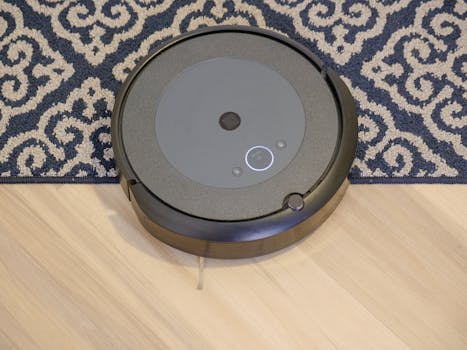Smart Homes and Smart Living: The Technological Transformation of European Homes by 2025
Smart Homes and Smart Living is the future of European homes, with technological transformation changing the way we live, work, and interact with our living spaces by 2025. The concept of smart homes has been around for several years, but it’s only recently that we’ve seen a significant surge in the adoption of smart home technology. This is largely due to the increasing availability of affordable and user-friendly smart devices, as well as the growing demand for energy efficiency and convenience.
Introduction to Smart Homes
A smart home is a residence that has been equipped with advanced technology to make it more comfortable, convenient, and energy-efficient. This technology can include things like thermostats, lighting systems, security cameras, and home appliances, all of which can be controlled remotely using a smartphone or tablet. The goal of a smart home is to create a seamless and integrated living experience, where all of the different systems and devices work together to make life easier and more enjoyable.
Benefits of Smart Homes
There are many benefits to having a smart home, including increased energy efficiency, enhanced security, and greater convenience. With a smart home, you can control your lighting, heating, and cooling systems remotely, which can help to reduce your energy consumption and lower your utility bills. Smart homes can also be equipped with advanced security systems, such as motion detectors and security cameras, which can help to deter crime and keep your home and family safe.
Technological Transformation of European Homes
By 2025, it’s expected that the majority of European homes will be equipped with some form of smart home technology. This transformation will be driven by a combination of factors, including the increasing availability of affordable smart devices, the growing demand for energy efficiency and convenience, and the development of new technologies like artificial intelligence and the Internet of Things (IoT). As a result, we can expect to see significant changes in the way that European homes are designed, built, and lived in.
Future of Smart Homes
In the future, we can expect to see even more advanced smart home technology, including the integration of artificial intelligence and machine learning. This will enable smart homes to learn and adapt to the habits and preferences of their occupants, making them even more comfortable, convenient, and energy-efficient. We can also expect to see the development of new smart home devices and systems, such as smart windows, smart doors, and smart home appliances.
Conclusion
In conclusion, the technological transformation of European homes is well underway, and it’s expected to have a significant impact on the way that we live, work, and interact with our living spaces by 2025. With the increasing availability of affordable and user-friendly smart devices, we can expect to see significant changes in the way that European homes are designed, built, and lived in. Whether you’re a homeowner, a renter, or a builder, it’s essential to stay up-to-date with the latest smart home technology and trends to ensure that you’re taking advantage of all the benefits that smart homes have to offer.





